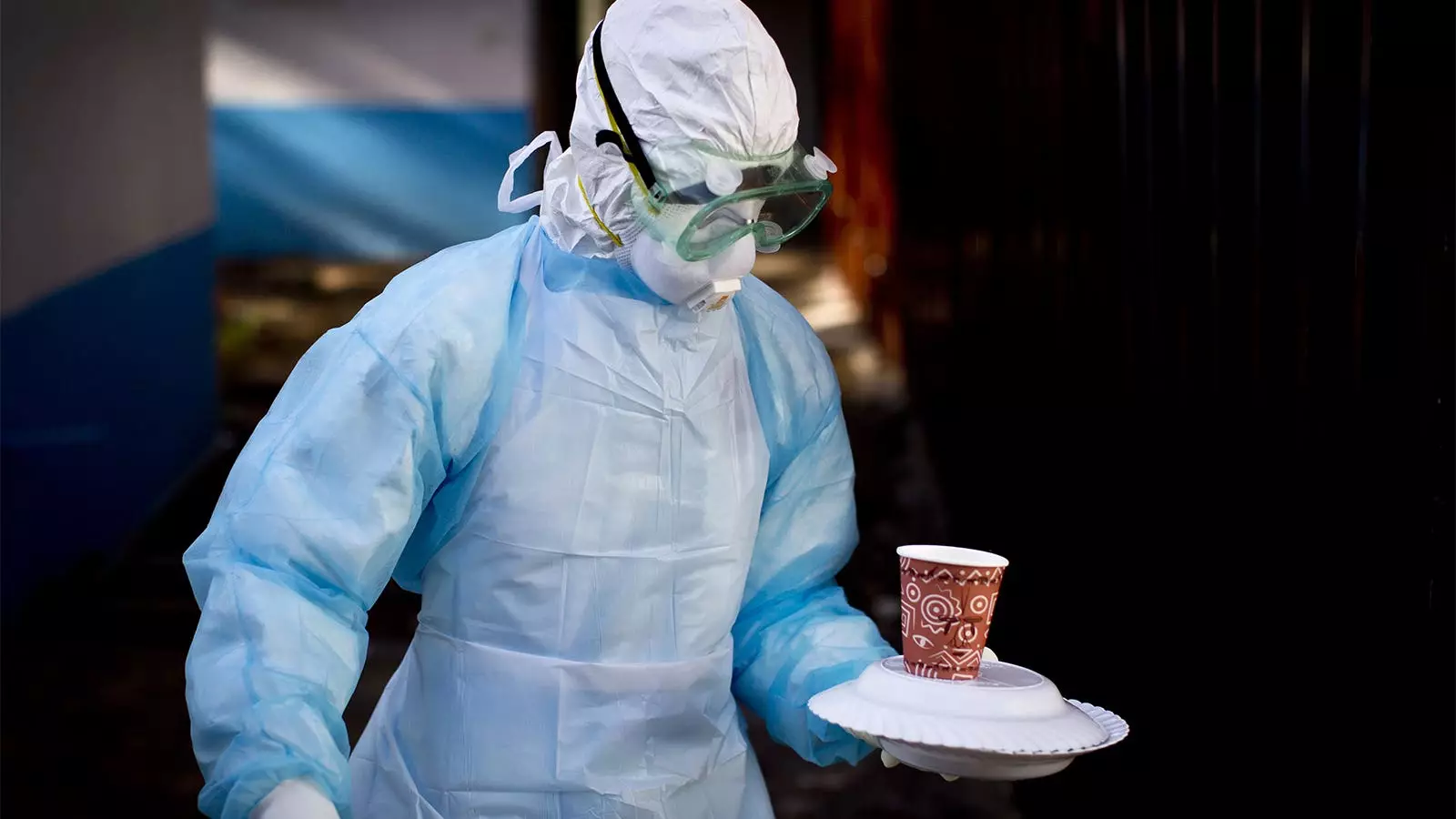In recent days, Rwanda has found itself grappling with a severe health crisis, as the Marburg virus—a highly infectious and deadly hemorrhagic fever—has surfaced, claiming the lives of at least eight individuals. This alarming situation sparks numerous questions about infectious disease management in the region and the broader implications for public health. Marburg, a close relative of the Ebola virus, poses significant health risks, as it can have a mortality rate as high as 88%. Understanding the current outbreak in Rwanda requires delving into the nature of Marburg, the response of health authorities, and potential lessons to be learned in managing emerging infectious diseases.
Originating from fruit bats, the Marburg virus is known to spread primarily through direct contact with the bodily fluids of infected individuals—be it through blood, saliva, or even sweat—and by touching contaminated surfaces. Unlike some infectious diseases that might have an asymptomatic phase, Marburg’s symptoms can manifest during an incubation period of 3 days to 3 weeks, complicating containment efforts particularly in healthcare settings. Symptoms such as severe fever, muscle pain, vomiting, and in extreme cases, death through massive blood loss, underline the urgency of the situation and the critical need for prompt diagnosis and intervention.
This outbreak has highlighted several vulnerabilities in Rwanda’s public health infrastructure, particularly concerning the preparedness and response strategies available for rare but deadly diseases. The situation is compounded by the fact that, despite international awareness, the Marburg virus lacks both an authorized vaccine and a conventional treatment, thereby emphasizing the need for robust preventive strategies in communities vulnerable to outbreaks.
The immediate response from Rwandan authorities has been to initiate contact tracing and testing, concentrating efforts to assess and isolate individuals who have come into contact with confirmed cases. Health Minister Sabin Nsanzimana has stated the importance of avoiding physical contact to stem the virus’s spread. So far, health officials have traced approximately 300 people connected to confirmed cases, emphasizing the essential role of public compliance in managing contagion.
Additionally, the involvement of international agencies like the Centers for Disease Control and Prevention (CDC) and the World Health Organization (WHO) indicates a recognition of the gravity of the outbreak. Both organizations are collaborating with Rwandan authorities to bolster epidemiological efforts and enhance infection control in healthcare facilities, crucial measures in a landscape where healthcare workers are particularly at risk.
However, while the international support is commendable, one has to question the effectiveness of these responses. There is a notable absence of long-term strategic frameworks tailored for such outbreaks—this lack of preparedness not only hampers immediate responses but leaves nations vulnerable to future crises.
Health crises often have far-reaching socio-economic impacts, and the ongoing Marburg virus outbreak is no exception. The nationwide alarm not only places strain on the healthcare system but also leads to broader implications for the economy, particularly in key sectors like tourism and commerce. The advisories from the U.S. Embassy urging remote work and reducing physical interactions reflect wider concerns regarding movement and economic activity in the country.
Community awareness and prevention campaigns will be essential for mitigating the spread of Marburg, but these also require sufficient funding and resources—elements that may prove to be scarce in times of health crises. It will be vital for national and international bodies to focus on public health education campaigns to build resilience against such emergent pathogens.
The Marburg outbreak in Rwanda presents a clarion call for enhanced preparedness against infectious diseases not just within the country but across the region. As government officials, public health organizations, and communities unite to combat this outbreak, it is essential to draw lessons that can be applied to ensure better future responses. Greater investment in healthcare infrastructure, training for health workers, and the development of rapid response mechanisms for outbreaks will be crucial as we navigate a persistent threat of emerging viruses. The time to act is now, not only to contain this deadly outbreak but to safeguard public health for the future.


Leave a Reply